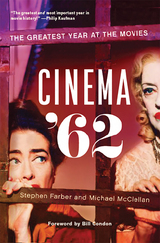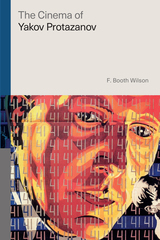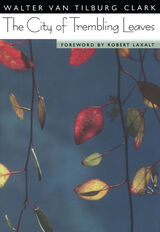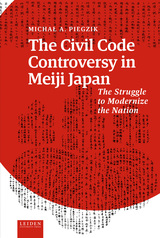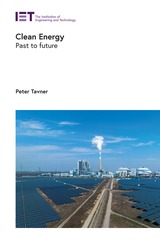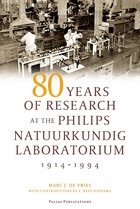
Breaking their study into three periods, each characterized by different research goals and approaches, the authors augment this general history with detailed case studies. The result will be of value to anyone studying the history and philosophy of technology.
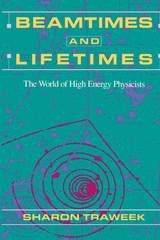
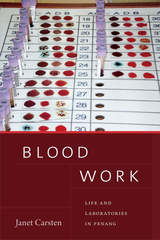
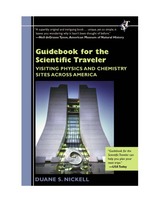
Are you in the mood for a trip to the Titan Missile Museum in Tucson? Want to spend some time at the Fermi National Accelerator Center near Chicago? Perhaps quench your thirst for knowledge and discovery at the Anheuser-Busch Brewery in St. Louis, where brewers are chemists at heart? Set your own pace. As an active participant or living room traveler, you'll be mesmerized as Nickell leads you on a tour of physics and chemistry sites.
Written in an easy-to-read and accessible style, this comprehensive guide is a practical and fun way to promote scientific literacy. You'll meet some of the world's great physicists, engineers, and chemists as you turn pages filled with more than fifty photographs. Organized into chapters on individuals, places, and sites--from universities of science to national laboratories, particle accelerators to energy labs and beyond--Nickell illuminates the history of each topic and paints a panorama of stunning achievements in physics and chemistry.
Whether you're traveling in California or Maine, or taking to the road in Texas or Illinois, Nickell helps complete your trip with a state-by-state list of monumental sites and resources. From the east coast to the west, north by northwest, or south in search of the Florida Solar Power Energy Center, you'll enjoy all your scientific travels with Visiting Physics and Chemistry Sites across America.
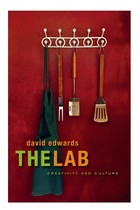
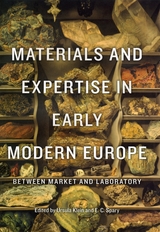
It is often assumed that natural philosophy was the forerunner of early modern natural sciences. But where did these sciences’ systematic observation and experimentation get their starts? In Materials and Expertise in Early Modern Europe, the laboratories, workshops, and marketplaces emerge as arenas where hands-on experience united with higher learning. In an age when chemistry, mineralogy, geology, and botany intersected with mining, metallurgy, pharmacy, and gardening, materials were objects that crossed disciplines.
Here, the contributors tell the stories of metals, clay, gunpowder, pigments, and foods, and thereby demonstrate the innovative practices of technical experts, the development of the consumer market, and the formation of the observational and experimental sciences in the early modern period. Materials and Expertise in Early Modern Europe showcases a broad variety of forms of knowledge, from ineffable bodily skills and technical competence to articulated know-how and connoisseurship, from methods of measuring, data gathering, and classification to analytical and theoretical knowledge. By exploring the hybrid expertise involved in the making, consumption, and promotion of various materials, and the fluid boundaries they traversed, the book offers an original perspective on important issues in the history of science, medicine, and technology.

The national laboratories--Livermore, Berkeley, Los Alamos, Argonne, Oak Ridge, and Brookhaven--have occupied a central place in the landscape of American science for more than fifty years. Responsible for the development of nuclear weapons, reactors, and other technologies that shaped American policy and culture in the Cold War, scientists from these labs also pursued physical and biomedical research that fundamentally changed our understanding of nature. But all of this has come at great cost, in terms of finance, facilities, and manpower, and has forced major adjustments in the framework of American science.
Deeply researched and lucidly written, The National Labs is the first book to trace the confluence of diverse interests that created and sustained this extensive enterprise. Peter J. Westwick takes us from the origins of the labs in the Manhattan Project to their role in building the hydrogen bomb, nuclear power reactors, and high-energy accelerators, to their subsequent entry into such fields as computers, meteorology, space science, molecular biology, environmental science, and alternative energy sources. By showing us that the national laboratory system developed as a reflection of American ideals of competition and decentralization in the Cold War, Westwick also demonstrates how scientific institutions reflect the values of their surrounding political system and culture.
READERS
Browse our collection.
PUBLISHERS
See BiblioVault's publisher services.
STUDENT SERVICES
Files for college accessibility offices.
UChicago Accessibility Resources
home | accessibility | search | about | contact us
BiblioVault ® 2001 - 2024
The University of Chicago Press


